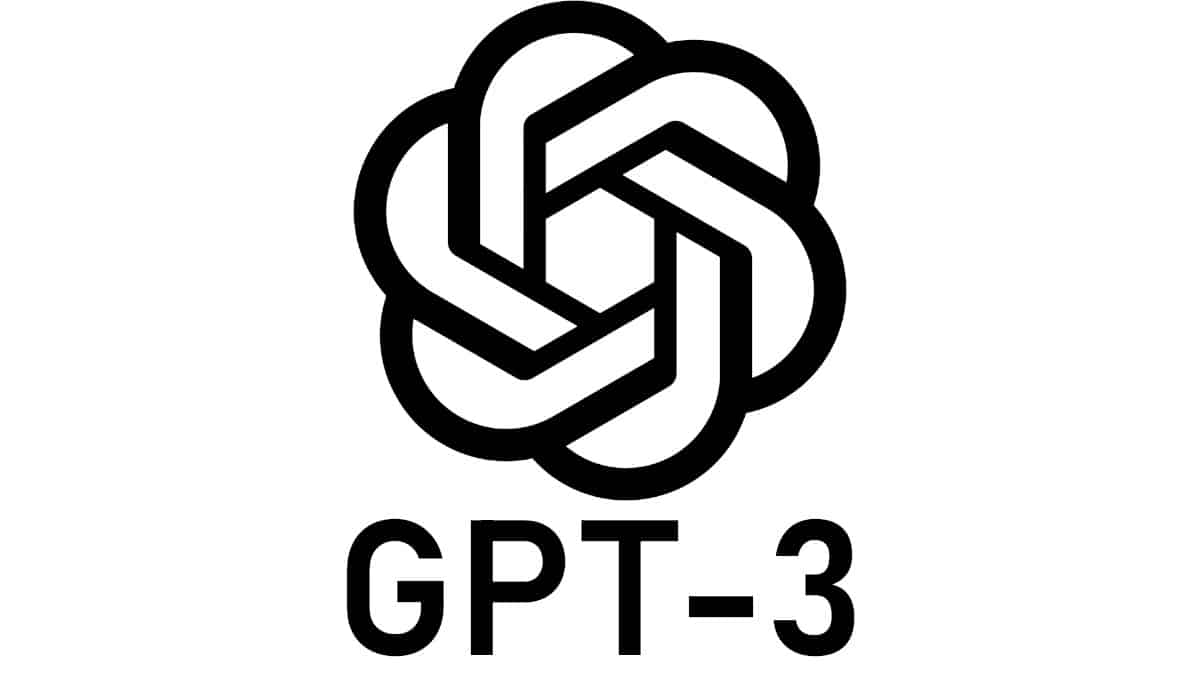Is Chat GPT A Language Model or A Conversational AI?

Table of Contents
If you’ve heard about ChatGPT, you might wonder what it is. Is it a language model or a conversational AI? Let’s dive in and find out.
What is a Language Model?
A language model is an artificial intelligence that can understand and generate language. It works by analyzing large amounts of text and identifying patterns and relationships between words. This information can generate new grammatically correct and semantically meaningful text. GPT 3 is a language model and the model Chat GPT is based on.
Prime Day is finally here! Find all the biggest tech and PC deals below.
- Sapphire 11348-03-20G Pulse AMD Radeon™ RX 9070 XT Was $779 Now $739
- AMD Ryzen 7 7800X3D 8-Core, 16-Thread Desktop Processor Was $449 Now $341
- ASUS RTX™ 5060 OC Edition Graphics Card Was $379 Now $339
- LG 77-Inch Class OLED evo AI 4K C5 Series Smart TV Was $3,696 Now $2,796
- Intel® Core™ i7-14700K New Gaming Desktop Was $320.99 Now $274
- Lexar 2TB NM1090 w/HeatSink SSD PCIe Gen5x4 NVMe M.2 Was $281.97 Now $214.98
- Apple Watch Series 10 GPS + Cellular 42mm case Smartwatch Was $499.99 Now $379.99
- ASUS ROG Strix G16 (2025) 16" FHD, RTX 5060 gaming laptop Was $1,499.99 Now $1,274.99
- Apple iPad mini (A17 Pro): Apple Intelligence Was $499.99 Now $379.99
*Prices and savings subject to change. Click through to get the current prices.
What is a Conversational AI?
Conversational AI is a type of artificial intelligence to simulate human conversation. It can understand natural language and respond appropriately as a human would. Conversational AI is used in chatbots, virtual assistants, and other applications where a natural language interface is desired.
Is ChatGPT Conversational AI or a Language Model?
ChatGPT is a language model that is capable of engaging in human-like conversations. While it is not a conversational AI, it can be used as one.
ChatGPT is trained on a massive text dataset, including books, articles, and websites. This allows it to understand various topics and engage in complex conversations.
How Does ChatGPT Work?
ChatGPT is a bit of a hybrid between a language model and a conversational AI. It is built on top of the GPT (Generative Pretrained Transformer) architecture, a state-of-the-art language model developed by OpenAI.
In simple terms, ChatGPT uses its language understanding to generate responses to user input. It does not have a pre-programmed set of responses like many chatbots do; instead, it generates responses according to the context of the conversation.
Why is ChatGPT Different from Other Chatbots?
One of the key differences between ChatGPT and other chatbots is that ChatGPT does not rely on pre-programmed responses. Instead, it generates responses based on the context of the conversation, using its knowledge of the language and the patterns it has learned from its training data.
Another key difference is that ChatGPT has no limitations to specific domains or tasks. Many chatbots can handle specific tasks, like booking a hotel room or ordering a pizza. ChatGPT, conversely, can handle a wide range of topics and tasks thanks to its ability to generate responses on the fly.
Is ChatGPT Perfect?
Of course, no AI program is perfect, and ChatGPT is no exception. It is incredibly cutting-edge and can generate impressively human-like responses. But it is not always accurate or appropriate. It can sometimes generate nonsensical or offensive responses, and it is important to remember that it is still just a machine.
However, the developers at OpenAI are constantly working to improve ChatGPT’s accuracy and appropriateness. They are making it more transparent and understandable so that users can better understand how it works and why it generates certain responses.
Conclusion
ChatGPT is a language model useful to power a conversational AI. It is a hybrid program that uses its language knowledge to generate responses to user input rather than relying on pre-programmed responses.
While it is not perfect, it is an incredibly impressive piece of technology that has the potential to revolutionize the way we interact with machines.

